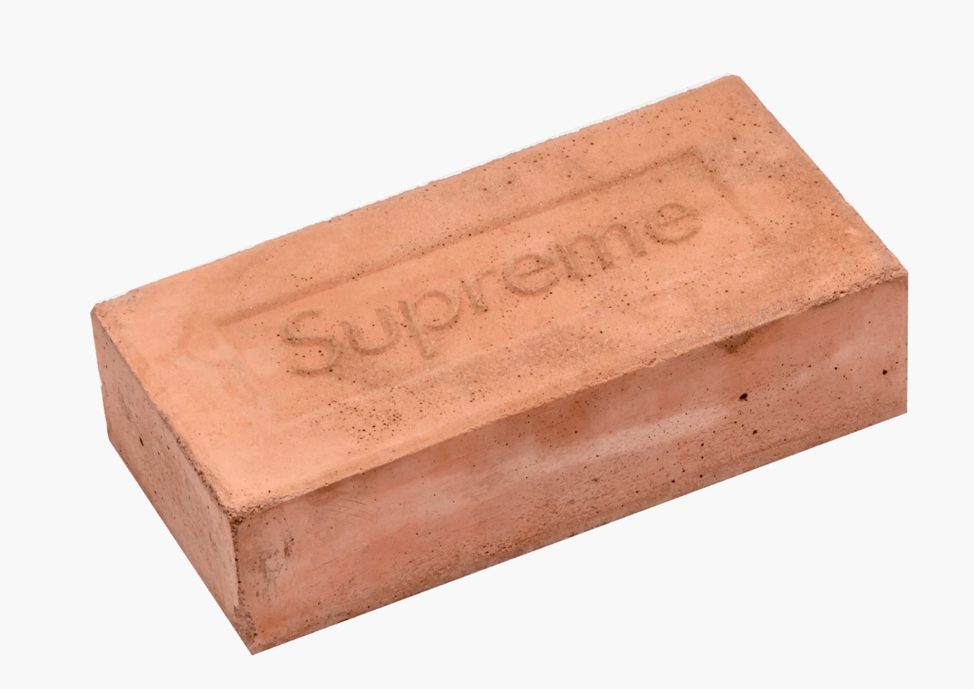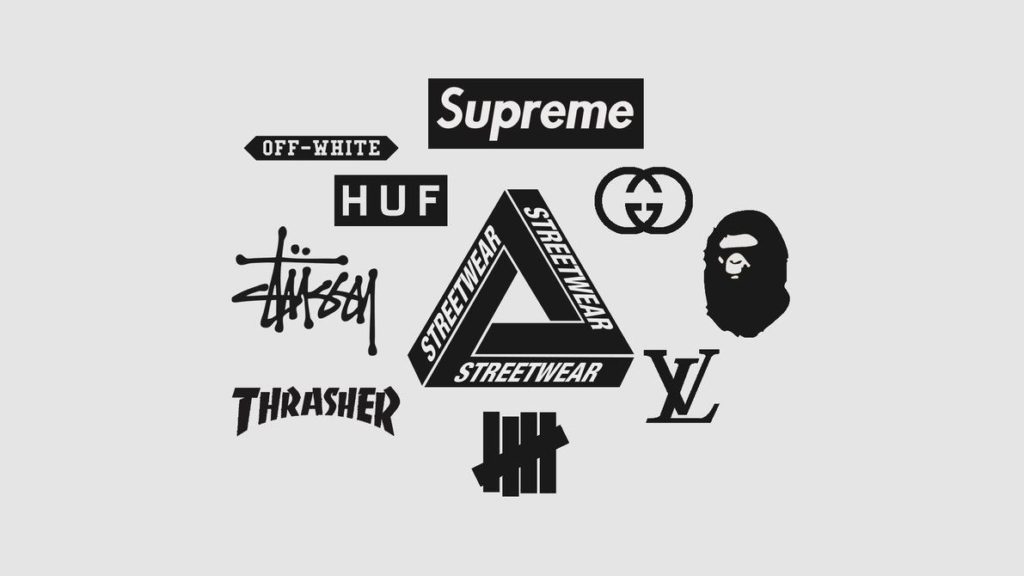Walking around Los Angeles, it is not uncommon to find Millennials sporting Supreme hoodies, Antisocial Social Club hats, and Air Jordan sneakers. Upscale streetwear brands are highly popular amongst athletes, celebrities, and “hypebeasts”—people that collect clothing, shoes, and accessories for the sole purpose of impressing others—all over town. Streetwear brands generally cater to skateboarding, hip hop, and youth cultures, which all have a strong presence in the L.A. area.
Being a hypebeast is much more than purchasing a hoodie or a nice pair of shoes from Champs at the local mall. Behind the individuals wearing expensive streetwear items is an entire culture of hype across the internet, entrepreneurship, and product resale, all fueled by one common factor: the business of scarcity.
Streetwear brands upended the traditional supply and demand model to become the success that they are. These companies ensure that there is not enough supply to meet demand, making their products exclusive, more desirable, and therefore, more expensive.
But it goes a step further. After the release of a “hype” product, one may find it marked up 1000% or more on a resale website. And people actually buy the product for an insane price because of its exclusivity.
The brand that reigns supreme in the business of scarcity has to be, well, Supreme.

Supreme, a streetwear brand founded in 1994 by James Jebbia, has exploited scarcity to the fullest extent. Every Thursday morning, the company “drops” a limited number of exclusive products on its website. Just about 30 seconds after the drop, online buyers have cleared the inventory. Products usually include shoes, clothing, and accessories and may be created in collaboration with another brand such as North Face, Nike, BAPE, and Off-White.
The hype around drops is generated over the internet before it happens; Supreme makes announcements about product launches via social media, and the message is shared and supercharged by celebrities, hypebeasts, and influencers alike.
Flagship stores in Los Angeles, New York City, London, Tokyo, and Osaka also release the products every Thursday, drawing hundreds of customers to line up outside of its doors.
Product purchasers can keep and wear their items, but more often than not, they take them to the resale market. Using online platforms like eBay, StockX, GOAT, and Stadium Goods, buyers have the potential to resell their merchandise for over ten times its original price, depending on the scarcity and original price of the product.

For example: a Supreme brick (yes, an actual clay brick) is listed on Stadium Goods today for $220. An item that originally cost around 40 cents now costs hundreds of dollars because the Supreme brand was stamped on it.
Many have questioned the sustainability of Supreme’s business model. The company sells its products for much more than their intrinsic values because they are in demand, but consumers may not always hold an obsession for Supreme’s products. Streetwear brands must remain on the cutting edge of fashion and culture with the economics of hype in mind.
SOURCES:
https://medium.com/@adelaideeconomicsclub/hypebeast-economics-4e9d583c7ea5
https://hypebeast.com/2017/6/supreme-resell-economics-million-dollars
